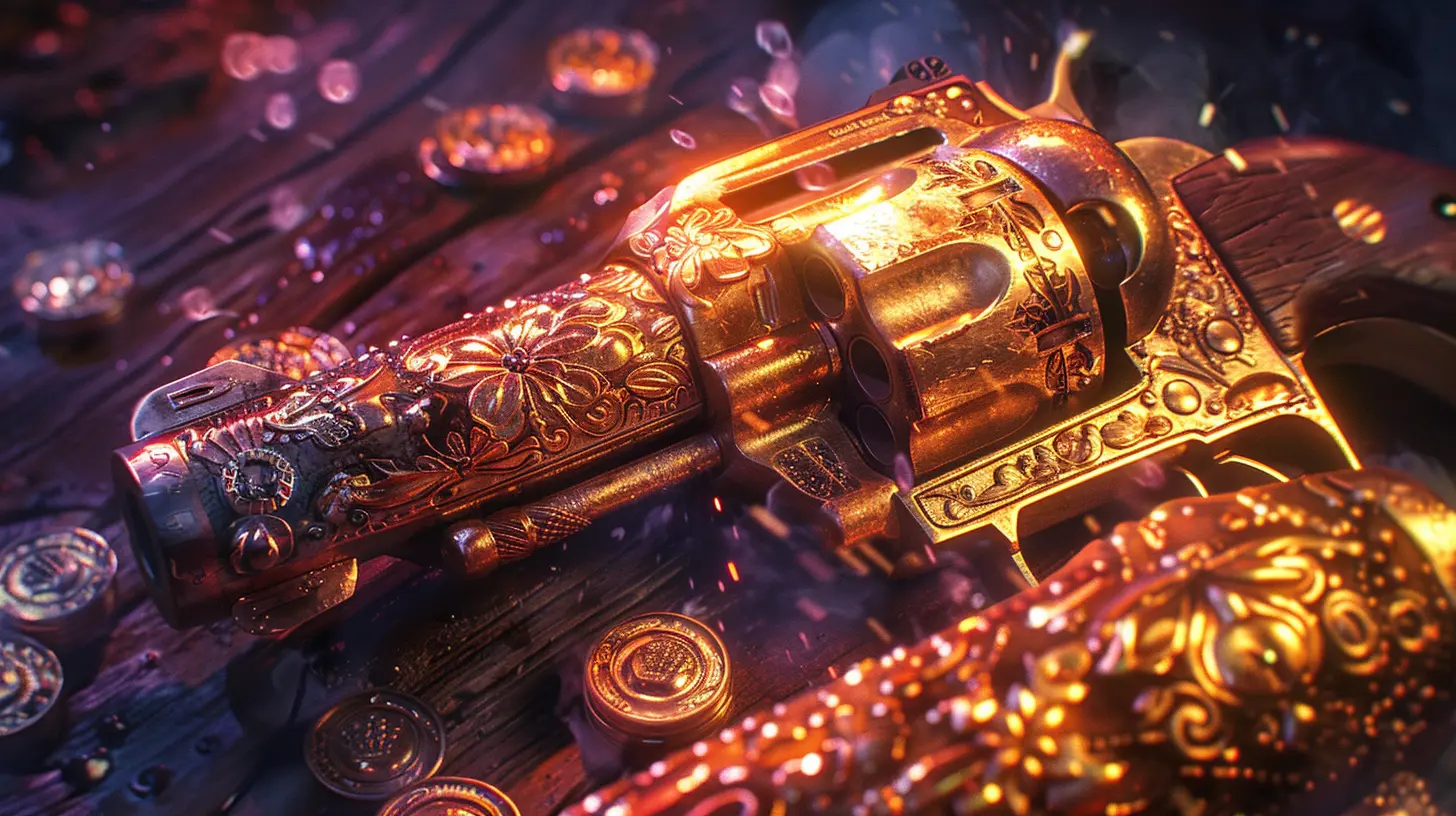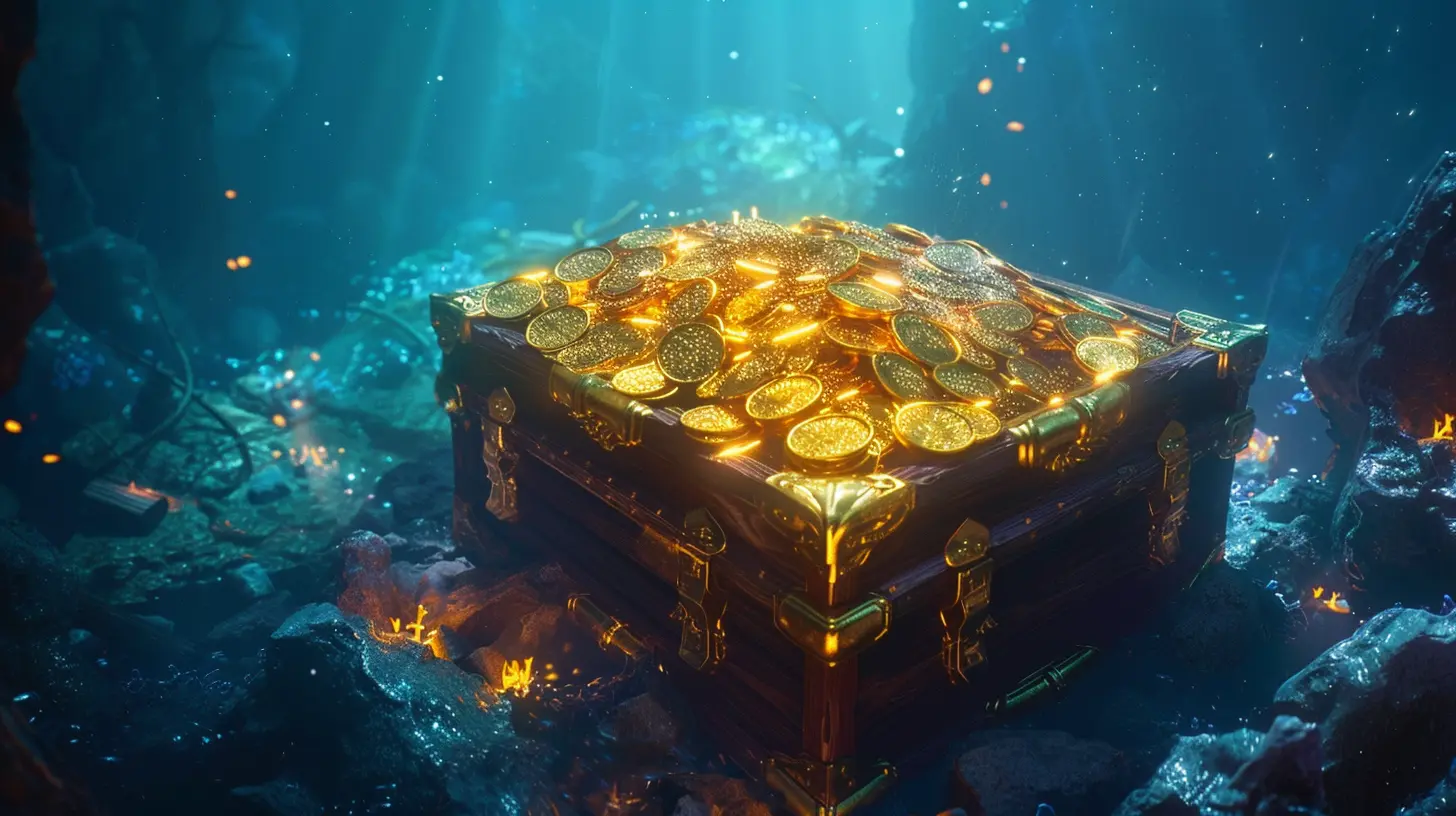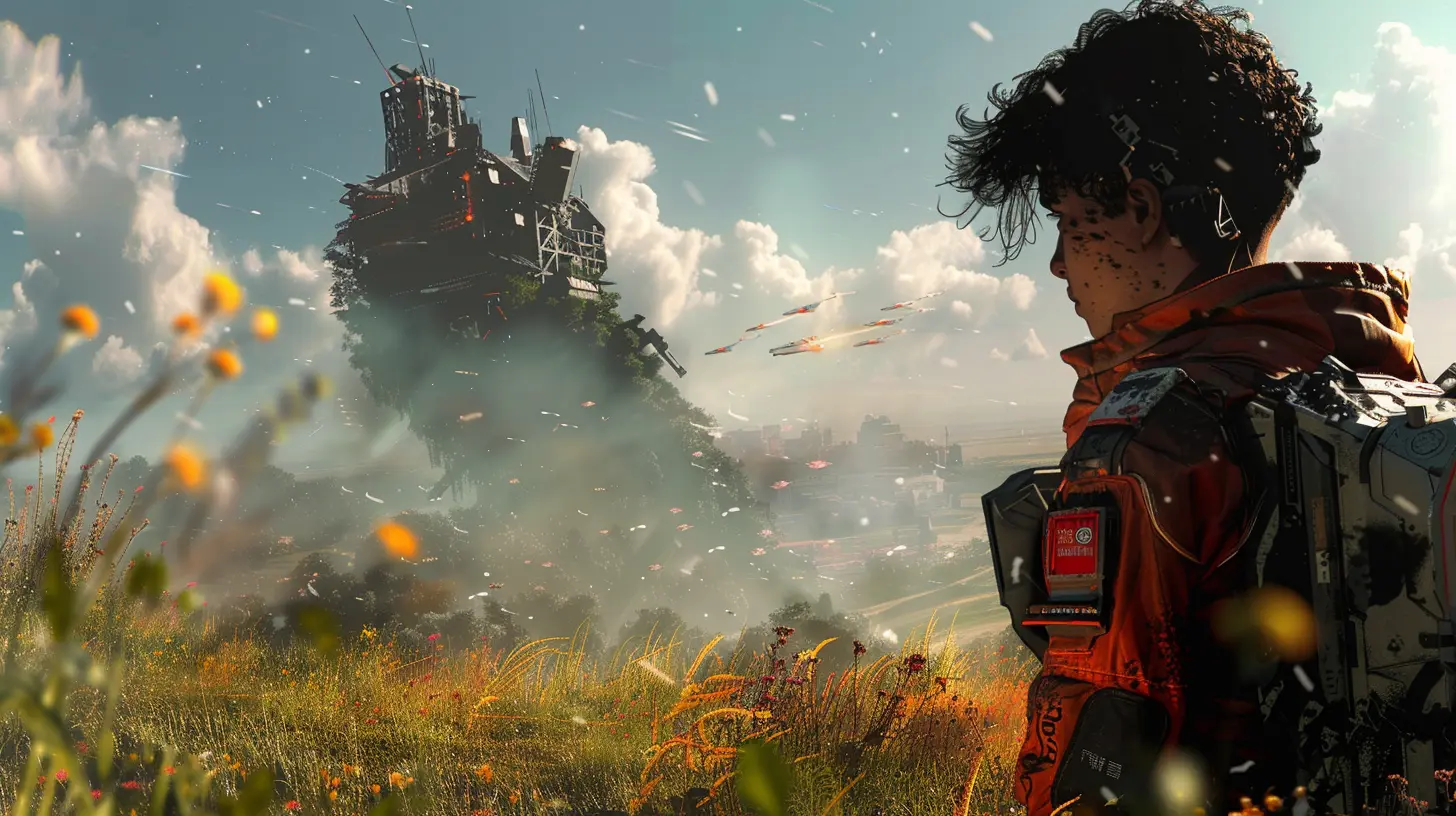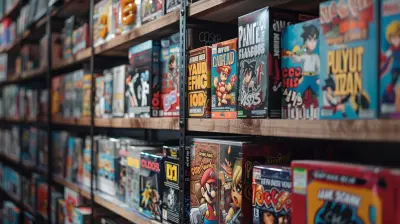The Relationship Between Game Difficulty and In-Game Purchases
25 June 2025
Do you ever feel like a game you’re playing gets suspiciously hard at just the right moment—right when a shiny new power-up or an “instant revive” button appears? Let’s be honest, it can feel a little manipulative, right? It’s not just your imagination. The relationship between game difficulty and in-game purchases is a hot topic in the gaming world, and today, we’re diving deep into what’s really going on behind the scenes. Grab your favorite drink, gamer, because this is going to be an interesting ride.
The Rise of In-Game Purchases: A Quick Overview
Before we talk about difficulty, let’s take a quick detour down memory lane. Back in the ‘90s and early 2000s, when you bought a game, you bought the whole game. The entire experience was packed onto one disc or cartridge (or floppy disks, if you’re that old), and your only obstacle was your own skill (or lack thereof).But things have changed. Games today are increasingly designed as “live services,” which basically means they’re built to keep you playing—and spending—over time. Instead of paying $60 upfront and calling it a day, many games offer in-game purchases like cosmetics, power-ups, loot boxes, and more.
At first glance, it seems harmless. You get some cool gear, and the developers make a little extra cash. Win-win, right? But here’s where things get tricky: some games nudge you toward those purchases by tweaking the difficulty curve. 
So... How Does Difficulty Play Into This?
Alright, let’s break this down. At its core, game difficulty is supposed to challenge and engage you. That sense of accomplishment when you finally beat a tough boss? Pure dopamine. It’s part of what makes gaming so addictively fun.But not all difficulty is created equal. There’s a difference between a game that’s genuinely challenging (think Dark Souls or Celeste) and one that feels intentionally frustrating. The latter often leaves you asking, “Is the game hard or is it just trying to get me to spend money?”
Here’s how it might work:
1. Artificial Difficulty Spikes
Ever notice how some mobile games start off super easy, but then, out of the blue, you hit a level that seems nearly impossible? These sudden difficulty spikes are no accident. They’re often designed to frustrate you just enough that you consider clicking that “Buy Extra Lives” button.For instance, puzzle games like Candy Crush are notorious for this. You’ll breeze through the first 50 levels, but around level 51, things change. Suddenly, you’re running out of moves, your progress slows to a crawl, and guess what? That $2.99 power-up pack starts looking really tempting.
2. Time-Gating Mechanics
Another sneaky tactic is time-gating. Some games make you wait hours to regenerate energy or unlock new features unless—you guessed it—you spend real money. These delays can make the game feel “difficult” because you’re constantly running out of resources.Have you ever played a game where you’re waiting for a building to finish upgrading or for your character’s stamina to replenish? That’s time-gating at work. It’s not that the game is hard; it’s just annoying.
3. Pay-to-Win Dynamics
Some games take things a step further by making certain challenges nearly unbeatable unless you pay for better gear or weapons. This is especially common in competitive multiplayer games.Take free-to-play shooters like Call of Duty: Warzone or Fortnite. While these games are technically free, players who invest in premium battle passes or cosmetics often gain an edge, whether it’s through better weapons or subtle performance boosts. 
Why Do Developers Do This?
Listen, I’m not here to bash game developers. At the end of the day, they’ve got bills to pay and teams to support. But it’s worth understanding why some games lean into these tactics.The answer is simple: money. Developing a game—especially a massive AAA title—costs millions of dollars. In-game purchases are a way to recoup those costs, especially as the initial price tag for games hasn’t kept pace with inflation.
But here’s the dilemma: developers need to make money, but they also need you to stick around. If a game is too easy, you might lose interest. If it’s too hard, you might rage-quit. The sweet spot? A game that’s just challenging enough to keep you hooked, with a few well-placed opportunities to spend money. 
Are All Games Guilty of This?
Thankfully, no! There are plenty of games out there that get difficulty right. These games are tough but fair, and they put the player’s experience first.For example, the Soulsborne series (Dark Souls, Bloodborne, Sekiro) offers punishing difficulty but zero microtransactions. If you die, it’s because of your own mistake—not because you didn’t shell out $5 for a better weapon.
Similarly, indie games like Hollow Knight or Hades strike a great balance between challenge and reward. They never feel like they’re trying to nickel-and-dime you.
On the flip side, many free-to-play mobile games practically rely on microtransactions to stay afloat. And let’s be honest: when you’re not charging an upfront fee, it’s tempting to design the game around constant monetization.
How Gamers Feel About It
Look, gamers aren’t dumb. We know when a game is trying to lead us by the wallet. And most of us don’t like it.In fact, the backlash against pay-to-win mechanics has been so strong that some publishers have had to backtrack. Remember the controversy around Star Wars Battlefront II? The game was heavily criticized for its pay-to-win loot boxes, and EA had to rework the entire system after launch.
At the same time, not all in-game purchases are evil. Lots of players are happy to spend money on cosmetics or optional DLC that enhances their experience without impacting gameplay. It’s all about balance.
What Does the Future Hold?
So, what’s next? As gamers become more vocal about these issues, developers are being forced to adapt. Some governments are even stepping in to regulate practices like loot boxes, labeling them as a form of gambling.At the same time, subscription services like Xbox Game Pass and PlayStation Plus are making it easier to access a ton of games for a flat fee. This could reduce reliance on microtransactions, though it’s unlikely to eliminate them entirely.
One thing’s for sure: as long as there’s money to be made, the relationship between game difficulty and in-game purchases isn’t going anywhere. But as players, we have the power to vote with our wallets. Support games that respect your time and skill, and maybe—just maybe—we’ll see a shift toward fairer practices.
Wrapping It Up
At the end of the day, games are meant to be fun. That’s why we play them, right? But when difficulty is artificially tuned to push you toward spending money, it can sour the experience.So, next time you’re stuck on a tough level, take a step back and ask yourself: is this game genuinely challenging, or is it just trying to make a quick buck? And hey, if you’re having fun and don’t mind spending a few dollars here and there, more power to you. Just remember—you’re in control, not the game.
all images in this post were generated using AI tools
Category:
In Game PurchasesAuthor:

Leandro Banks
Discussion
rate this article
2 comments
Tamsin Patel
This article insightfully examines how game difficulty can drive in-game purchases, highlighting the balance developers must strike between challenge and monetization to enhance player experience without discouraging engagement.
September 2, 2025 at 2:53 AM

Leandro Banks
Thank you for your feedback! I'm glad you found the analysis insightful. Striking the right balance is indeed crucial for both player satisfaction and sustainable monetization.
Heath McLoughlin
Game difficulty often feels artificially inflated to drive in-game purchases. It'd be refreshing to see more balanced design that prioritizes player enjoyment over profit.
July 2, 2025 at 3:59 AM

Leandro Banks
I completely agree! Striking a balance between challenge and enjoyment is essential for a positive player experience. Games should prioritize fun rather than relying on difficulty to push purchases.


